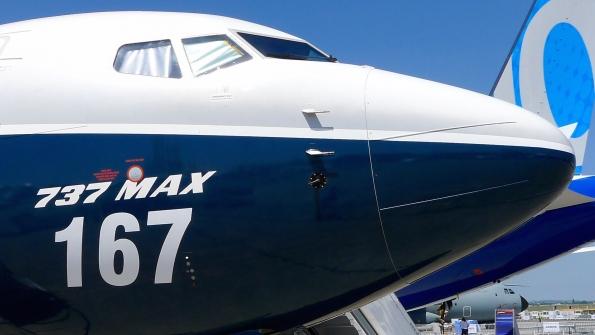Poll: Should Boeing Install A Third Angle Of Attack Sensor On The MAX?

EASA plans to start Boeing 737 MAX test flights on Sept. 7 in Vancouver, Canada in what is a key milestone for the aircraft to be recertified in Europe.
The FAA has been working closely with many regulators throughout the evaluation process. For example, both EASA and Transport Canada flight test and human-factors specialists helped the FAA and Boeing develop scenarios to evaluate flight-crew response to the updated software, the FAA said. Regulatory experts from Brazil, Canada and Europe “are involved with the ongoing review and analysis of the results as validating authorities,” the U.S. agency added.
However, regulators have not agreed on every issue. EASA has been arguing that Boeing should introduce a third synthetic angle of attack sensor on the MAX for further redundancy to largely mirror the design set-up of the Airbus A320 family, which has three physical sensors as opposed to the MAX’s two. EASA has said that the MAX could be introduced back into airline service without the third sensor but that it could require Boeing to add it at a later time. EASA said it had no further comment on the MAX course of action at this time.
This is an interactive piece, please allow poll to load.
Get regular analysis and insights from Aviation Week Network’s award-winning editorial and data teams on technology and business advances impacting the global aviation, aerospace and defense industries





Comments
It has use in the Military world, all it does in civilian world is add clutter to the display.
You fly the Display not AOA.
As noted there are synthetic backups now for airspeed and that is the one you fly with and too.
The only reason I can see it was put in was the enormous number of US military pilots going into airlines. That should not drive the world.